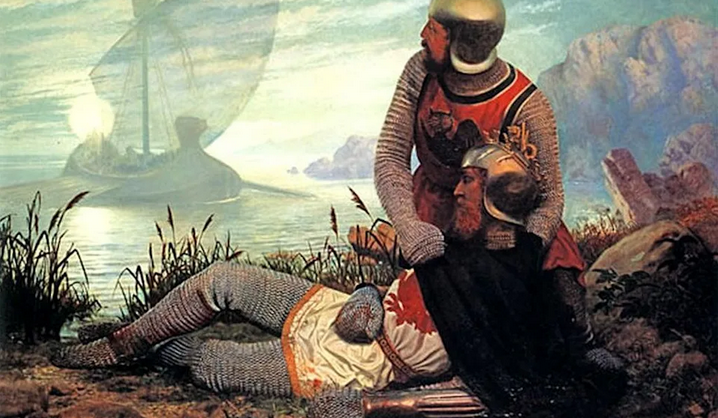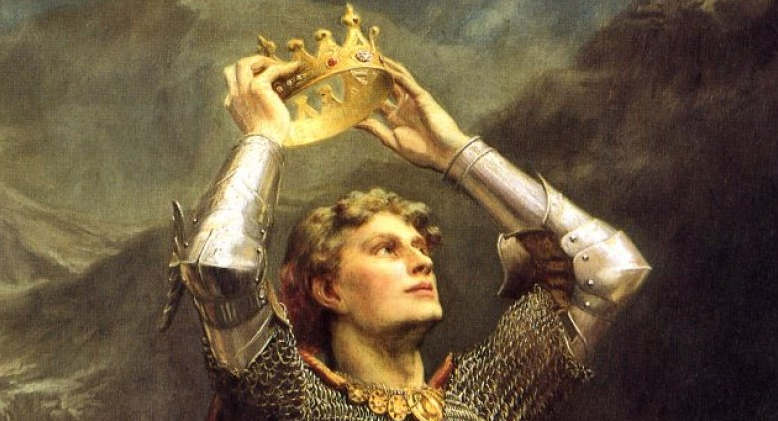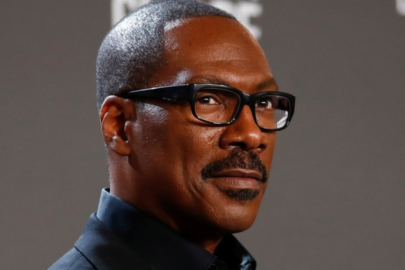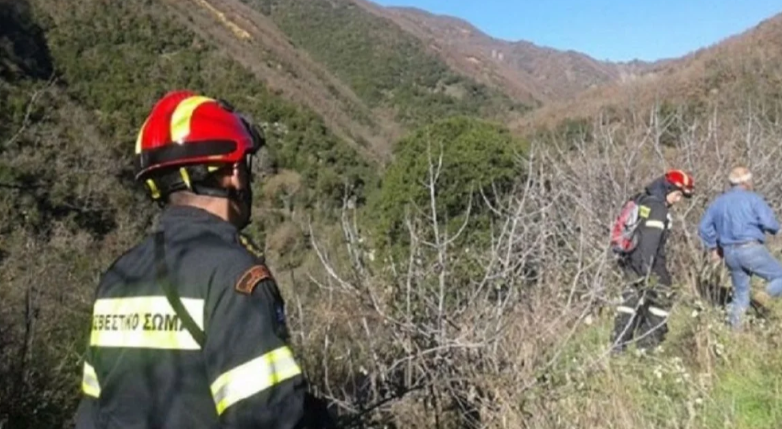Archaeologists have discovered what are likely to be the long-lost tombs of up to 65 British Kings and other senior royals from the era associated with the legend of King Arthur.
The discovery is a major breakthrough in archaeologists’ and historians’ understanding of the nature of Dark Age society. As investigations continue, it may also shed crucial new light on the currently often poorly understood political geography of post-Roman Britain.
Prior to the new research, only one final resting place of an indigenous British monarch from that time was known, along with half a dozen other potentially royal graves.
But now, at least 20 probable royal burial complexes (each containing up to five graves) have been tentatively identified – with a further 11 potentially royal burial complexes under consideration.

Most of them appear to date from the fifth and sixth centuries – a time when Britain was a patchwork quilt of dozens of small kingdoms.
In what is now the east and south of England, a whole series of these tiny states were ruled by Anglo-Saxon kings of fully or partially Germanic origin.
These mainly or partly continental-originating dynasties had acquired their lands and positions through conquest, marriage or alliances in the decades following the collapse of Roman rule in Britain in around 410 AD.
140-year-old rusty batteries offer huge breakthrough for energy storage
But in the west and the north, where initially there was virtually no Anglo-Saxon penetration, the post-Roman royal dynasties that emerged were mainly Celtic ones (i.e., of indigenous British or Irish-originating dynastic origin).
But, until now, virtually nothing was known about where those Dark Age British Celtic monarchs were buried. Although archaeologists had found nine Anglo-Saxon royal graves, only one definite indigenous British royal burial site had ever been identified.
But now new research, by a leading expert on that period, Professor Ken Dark of the University of Reading and Spain’s University of Navarra, has succeeded in tentatively pushing that Dark Age Celtic British royal graves tally dramatically up – to between 55 and 65.
The new discoveries are in Wales, Cornwall, Devon and Somerset. The newly published research suggests that they are royal final resting places because they have very unusual designs that are quite different and clearly much more high status than the thousands of other Dark Age British graves. Indeed some key examples are associated with high status probably royal Celtic locations – and have similarities with Irish royal tombs.
Read more: Independent






































